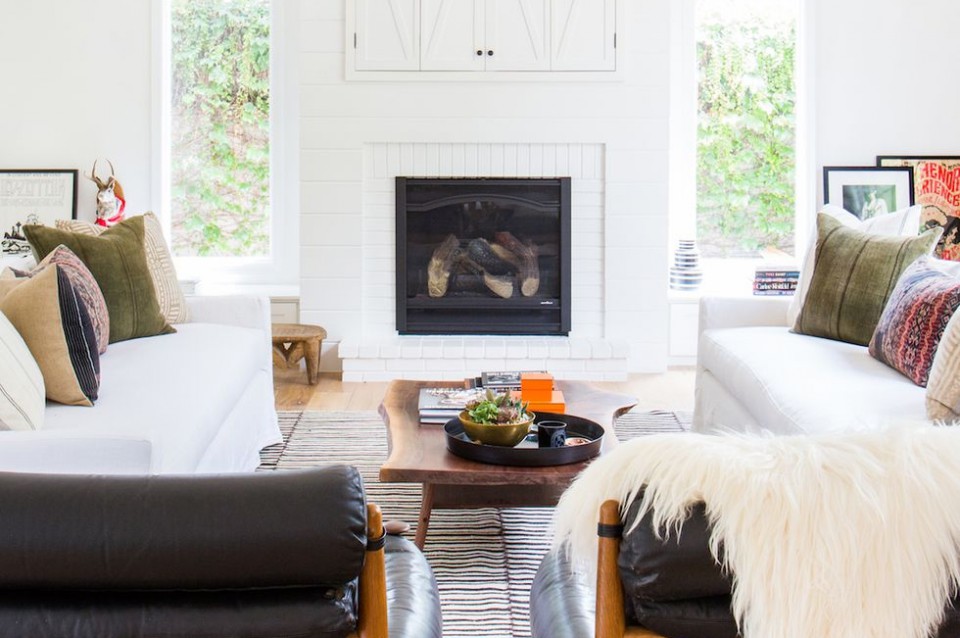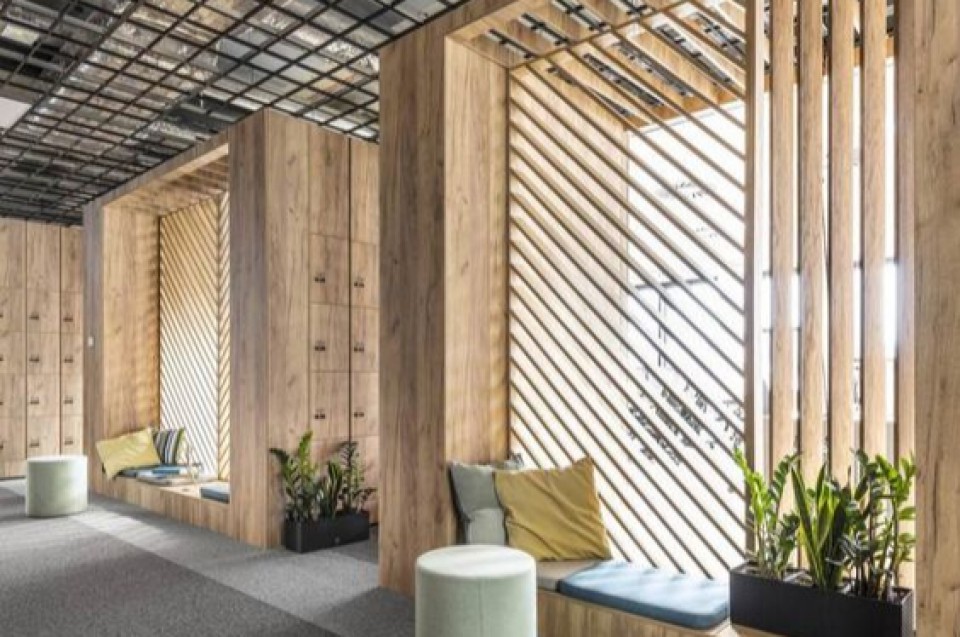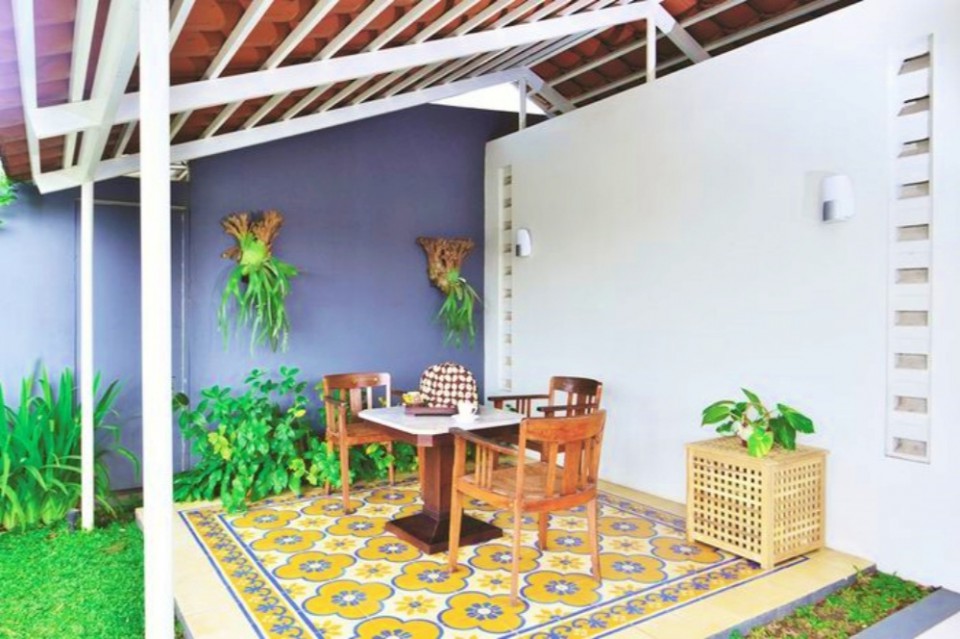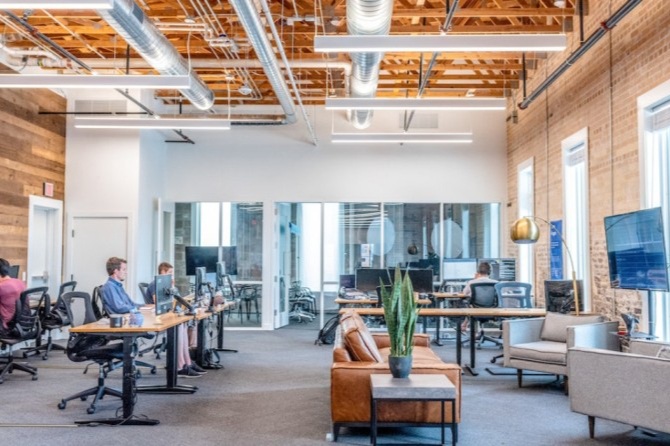Designing an Industrial-Style Home Interior in 8 Easy Steps!

Designing the interior of a home is both enjoyable and exhausting. Various styles can be applied depending on the homeowner's preferences. From modern to rustic, there are many comfortable looks to choose from. Modern or minimalist styles are probably familiar to most of us. However, there's one concept that's more intriguing and quite unique to implement in a residence, and that's the industrial style.
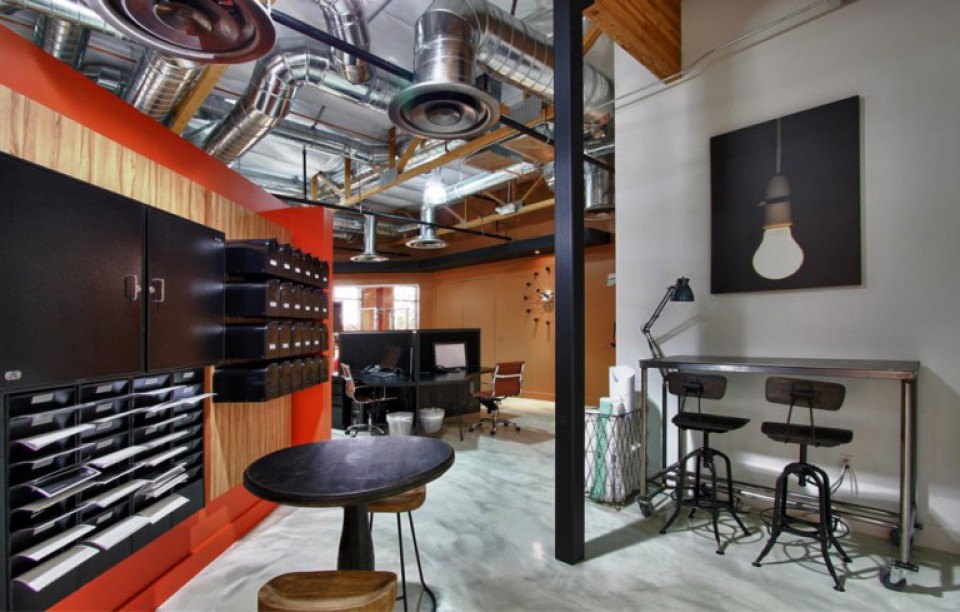
The industrial concept is a design style that focuses on a factory-like design with exposed materials, an unfinished look, or captivating mechanical elements. While this design is relatively rare in family homes today, implementing it in your house will undoubtedly give it a trendy and unique appearance. Here are some ways to design an interior with an industrial style.
1. Seek inspiration first from old buildings.
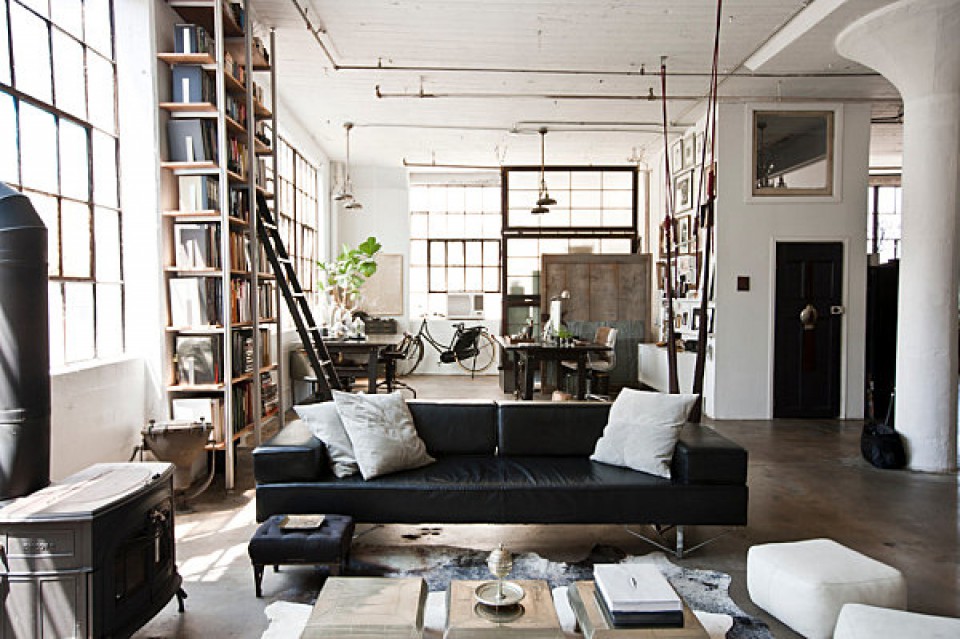
For those who have no idea what industrial design style looks like, you should first seek inspiration from similar concept designs. One way is by examining old, still-standing buildings. Industrial design emerged in the 1970s when many factories or warehouses were closed and transformed into living spaces.
Once you find various examples of industrial buildings, you should look at the overall design of the space. Understanding the distinctive features of industrial design in old buildings, such as exposed brick walls or exposed steel materials often found on industrial building roofs, will help you generate similar ideas for an industrial design.
2. Choose the materials to be used in the interior.
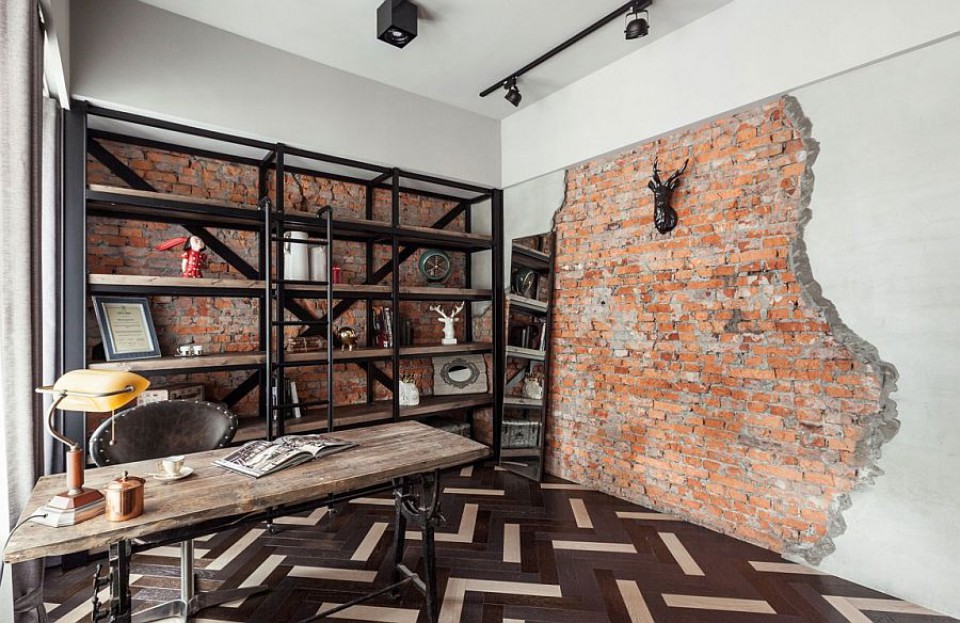 \
\
Choosing the right materials to emphasize the desired impression is quite important for this residence. The selection of materials is somewhat limited for an industrial design style, such as metal, brick, and various other metal materials. Each material will provide a different appearance. The overall combination of materials can also be incorporated into the design. These materials are not limited to the structure alone but also extend to furniture, ornaments, and other elements within the dwelling.
3. Exposing Mechanical System Details Within the Room
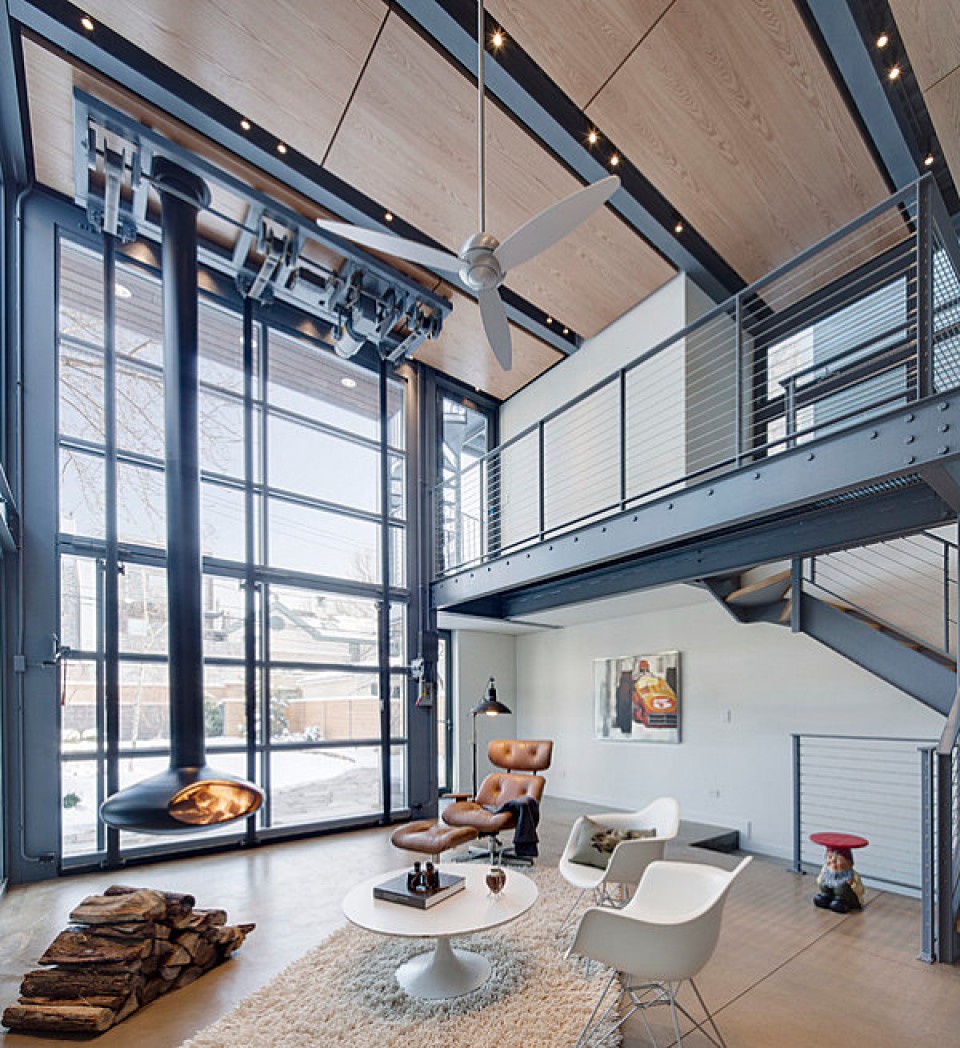
In addition to exposing raw materials in its finishing, structural details such as water and air pipes become part of the industrial concept. Various products like sofas with iron frames will also display the sofa's mechanisms. Additionally, there are lamps with iron casings or tables with exposed leg materials that are part of the system's structural details that do not need to be concealed.
4. Mix and Match
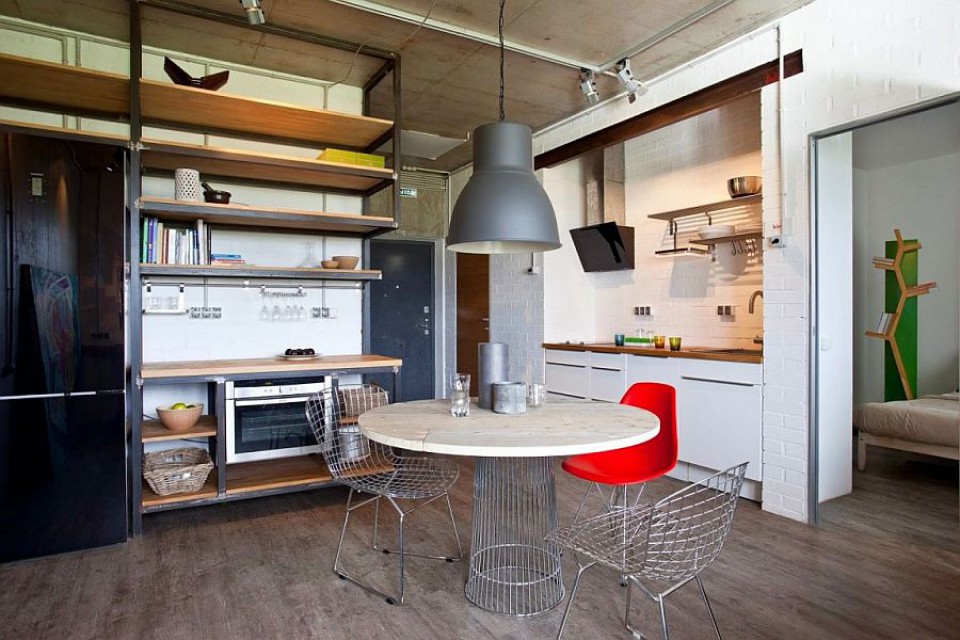
In designing an industrial-style interior, it's not necessary for the entire space to be furnished exclusively with materials categorized as industrial. Combining two styles like modern and industrial can add a unique touch to your home. For instance, incorporating industrial-style furniture accents into a modern or contemporary home design can still maintain an overall cohesive look. Industrial-style lamp fixtures can also provide an industrial and retro aesthetic simultaneously. Therefore, when designing in the industrial style, items that initially may not seem to fit the concept can still be used effectively through mix and match.
5. Add artistic elements to the room.

Artwork such as murals, paintings, or vintage posters displayed on the walls can enhance the industrial feel and emphasize the concept of the living space. A mural on exposed brick can also provide a unique accent, preventing the room's walls from feeling monotonous or dull. Furthermore, the mural's artwork can add expression to the space or create a particular ambiance, depending on its colors and design.
6. Choosing colors for interior spaces
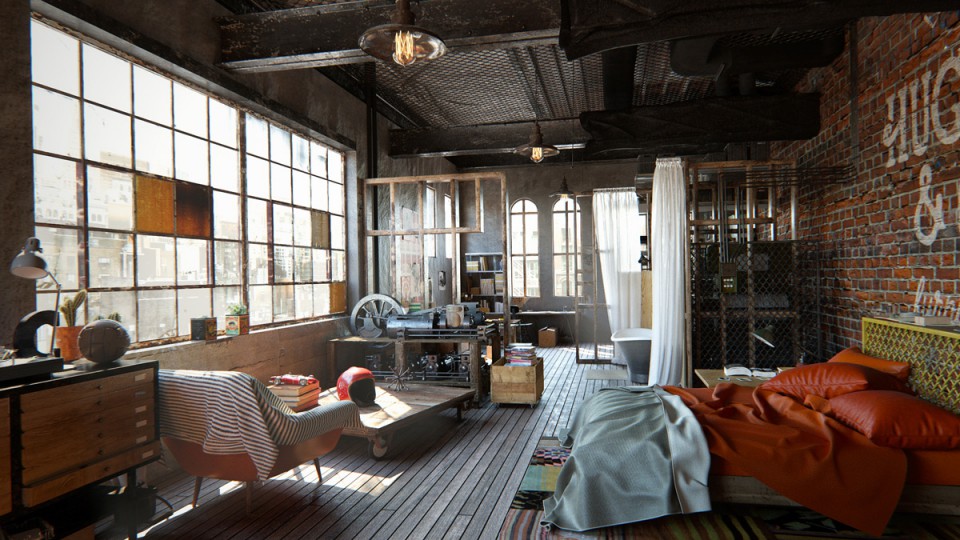
As previously mentioned, the presence of exposed materials can significantly stand out in the interior. However, this does not rule out the possibility of designing the living space with specific colors on the walls, furniture, or other furnishings. If the house features exposed brick walls or exposed steel roof structures, to prevent the space from feeling too stark, the addition of certain colors such as brown and beige for a rustic touch on sofas and tables can add industrial details. Colors like dark blue to green on the carpet can also serve as industrial accents.
7. Add unique accessories that enhance the industrial impression.

In homes, it's not just the structure or furniture that can reinforce the industrial concept. Various 1970s-style accessories can also adorn the house. Examples include vintage rotary telephones, or vinyl record players for playing music. These retro-themed accessories are a great complement to industrial design. Moreover, they add a touch of nostalgia and charm to the home.
8. Utilize Reclaimed or Recycled Materials in an Industrial Concept
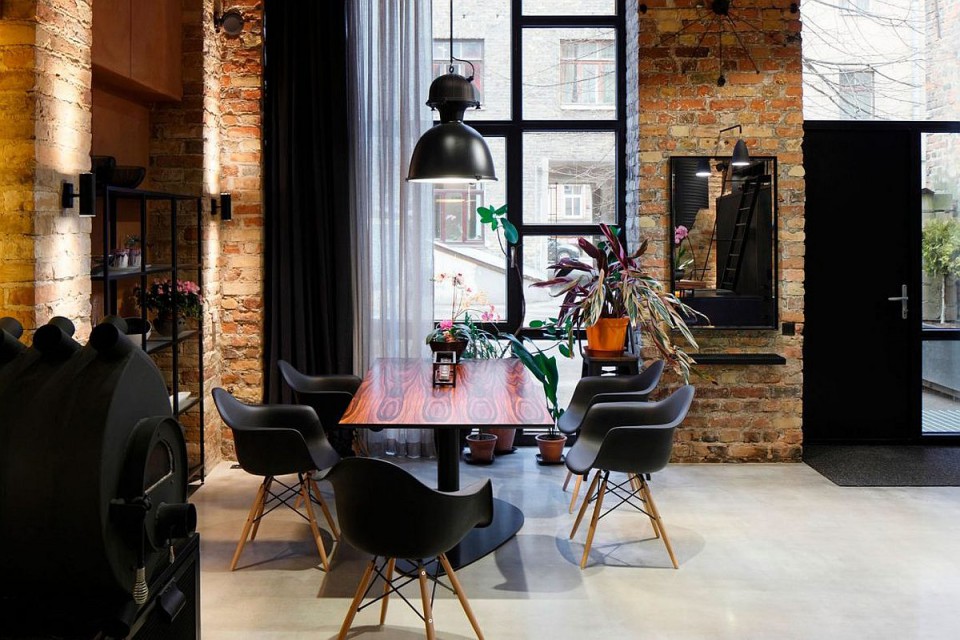
One unique aspect of the industrial concept is the ability to repurpose old or recycled materials. When renovating your home to achieve an industrial look, various items like wood or items that don't fit the concept can be upcycled for use in the renovation. Utilizing wood from disused livestock pens, old warehouses, or buildings slated for demolition can also be a sustainable option.




